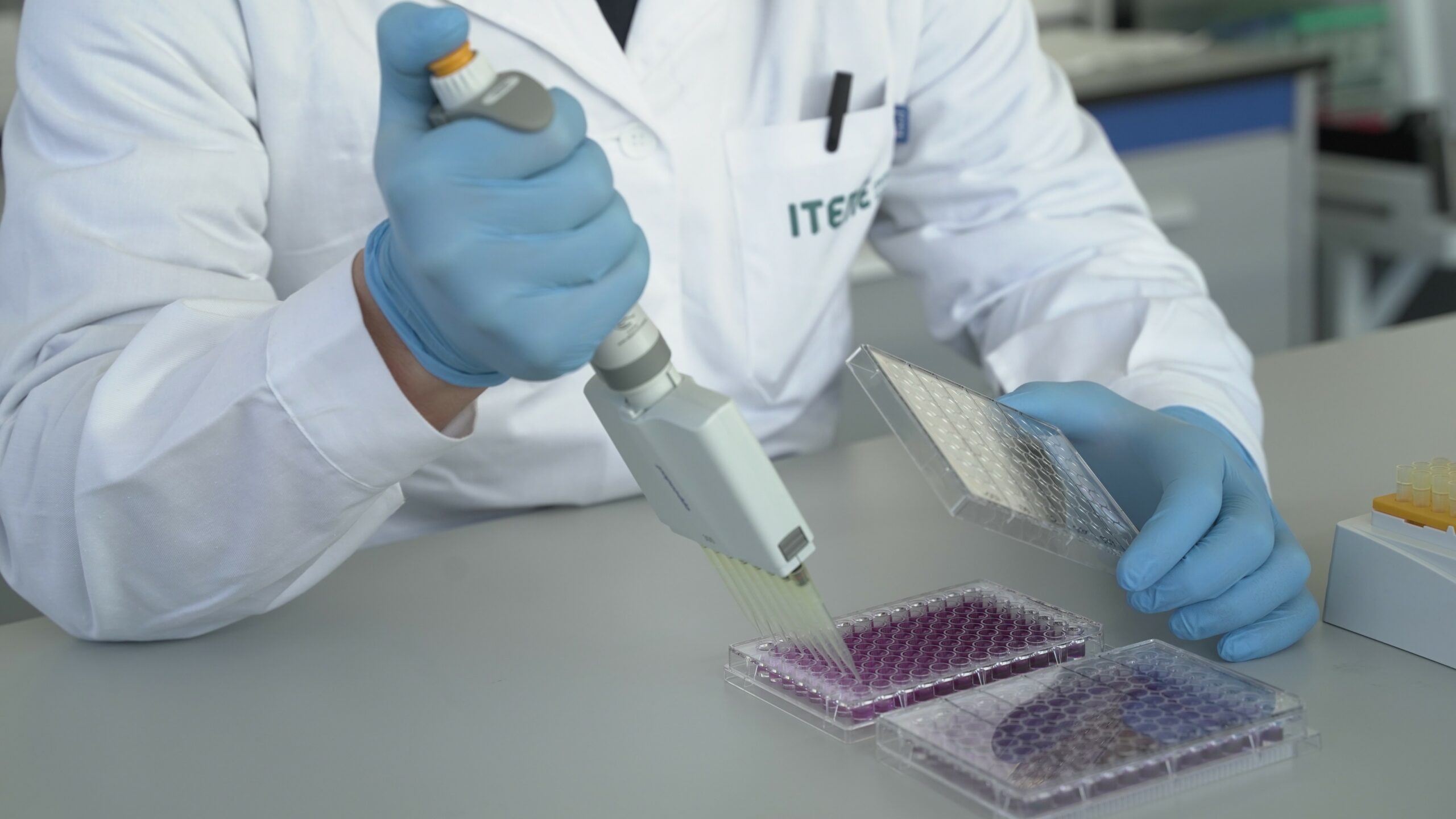Safe-by-design and bioinformatics
One of the main challenges of nanotechnology lies with the development of functional and safe nanomaterials. In this context, at ITENE we work on the safe-by-design concept, which focuses on addressing the toxicological effects and potential for exposure from product inception until its end of life, to prevent possible adverse effects on health and the environment caused by the materials’ toxicological profile or by high probability of exposure during industrial use or at the consumption stage by occupational users or the general public.
Furthermore, in this context, we develop bioinformatic computational models to predict toxicological profiles at the design stage and to forecast exposure during specific uses throughout the life cycle.
Safe-by-design, assessments and predictive modelling
At ITENE, we have considerable experience in the safe-by-design concept, which involves defining safety and prevention measures during the design phase of a facility, process, material or a product. Specifically, we work in the following areas:

Safe-by-design
The application of “safe-by-design” seeks to mitigate any potential risks to human health and the environment associated with the use of nanomaterials, or other materials with unknown risks based on health and safety measures, during the design phase of a facility, process, material or product. At ITENE we develop new safe-by-design materials and we have drawn up guidelines for the implementation of safe-by-design strategies in companies.
Bioinformatics
We use predictive systems based on computational models to forecast exposure, fate and environmental behaviour. We develop new software tools, including in silico models, to predict the toxicity of a product without the need for testing. These can be used to predict the physicochemical, biological and environmental properties of nanomaterials.
Find out more about our toxicological studies and predictive modelling services.

Applications and benefits
The application of bioinformatics and safe-by-design modelling brings many benefits and outcomes:
- Detection of toxicity or of the risks associated with micro- and nanomaterials and nanotechnology.
- Prevention of occupational hazards and protection of health.
- Obtaining safer materials and materials with improved properties.
-
How can I help you?
Carlos Fito
Safety and Environmental Monitoring Technologies Manager
"*" indicates required fields

















